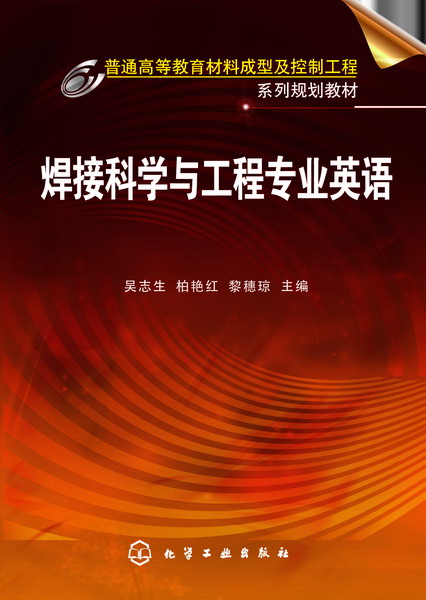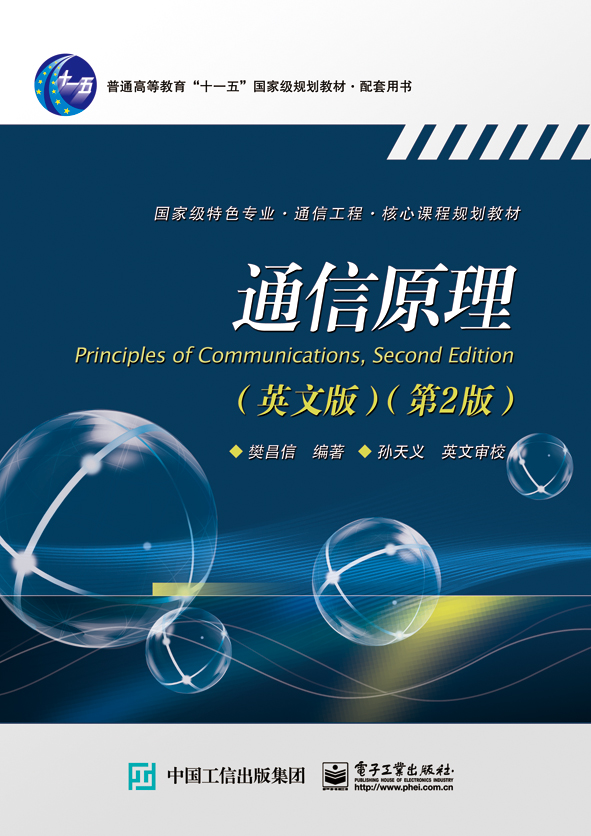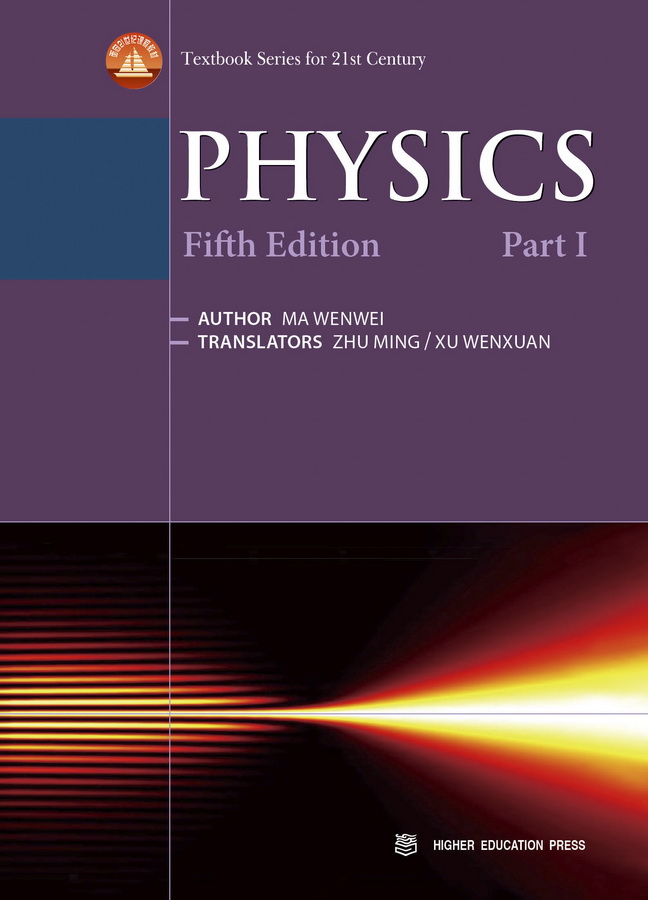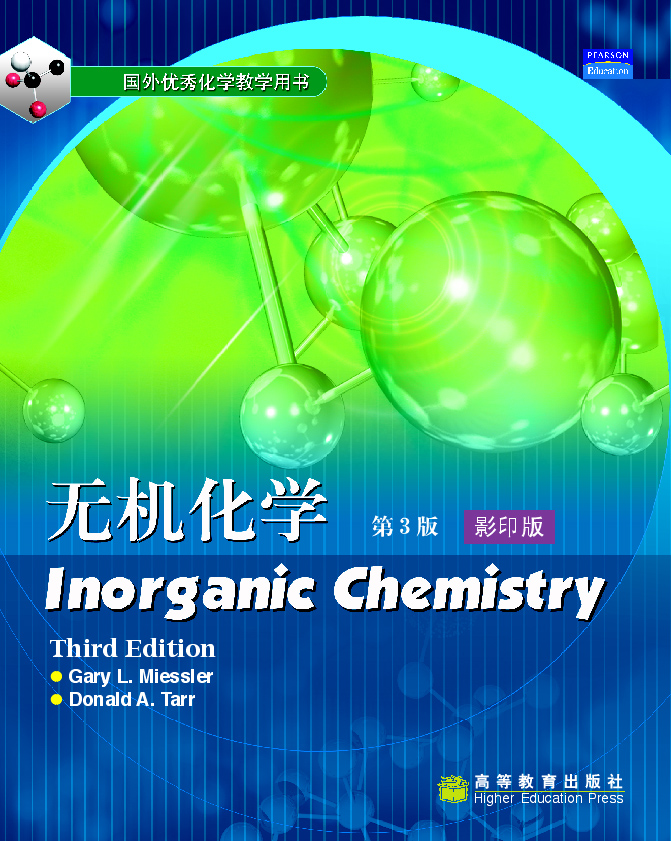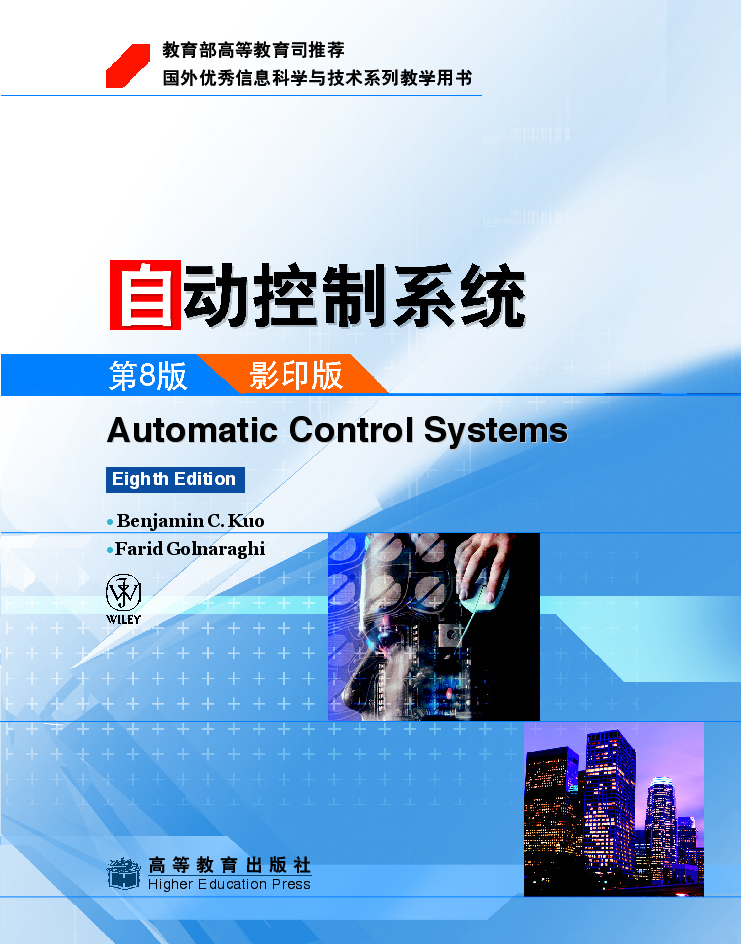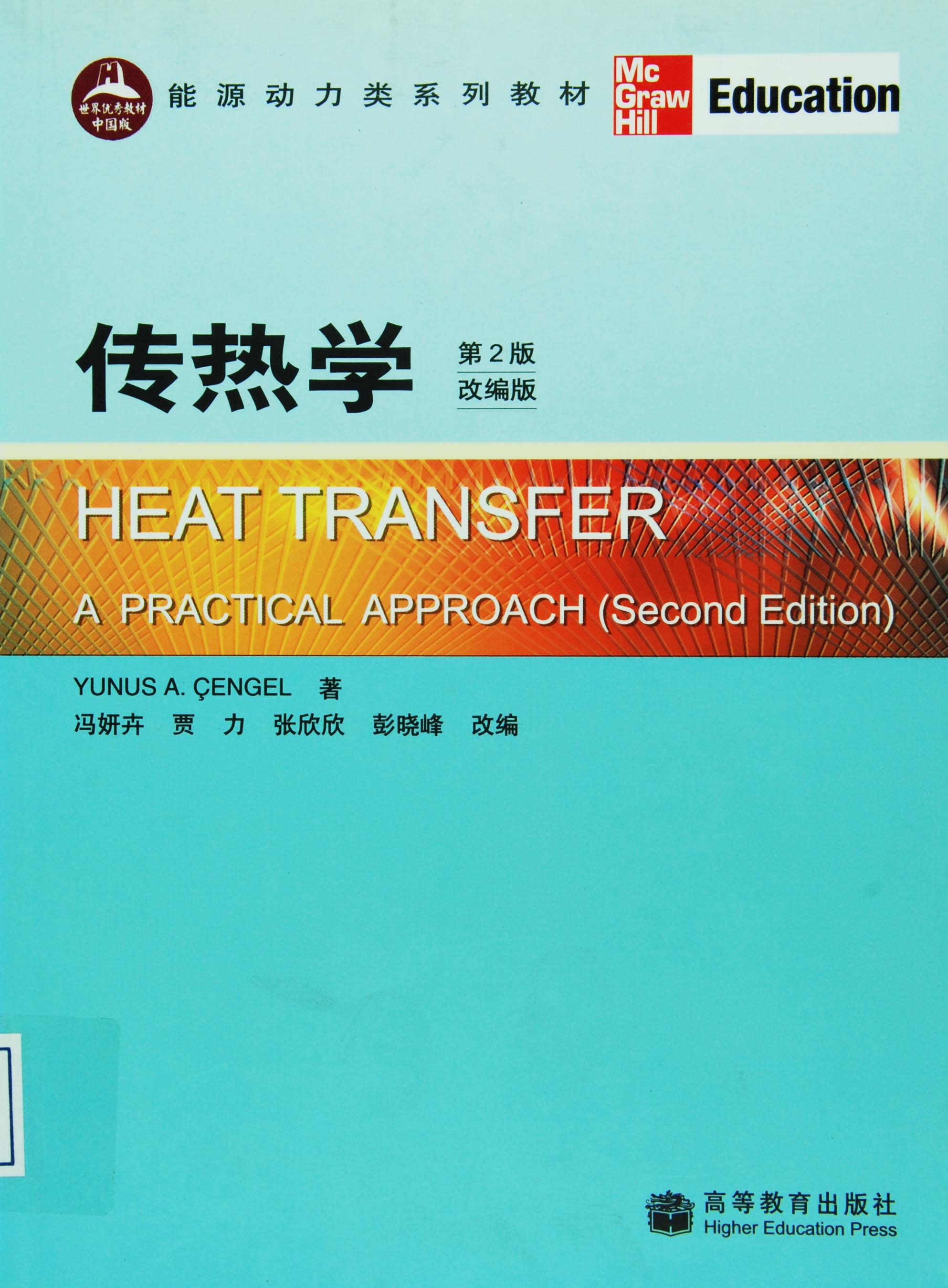焊接科学与工程专业英语
定价:¥28.00
作者: 吴志生
出版时间:2013-04
出版社:化学工业出版社
- 化学工业出版社
- 9787122154583
- 1版
- 175169
- 60230710-0
- 16开
- 2013-04
- 342
- 190
- ①H31
- 材料类
- 本科
作者简介
内容简介
本教材主要介绍焊接技术与工程专业的基础知识和专业知识英语文献。该教材内容大部分选自国外原版教材,教材共分九章,内容包括焊接技术与工程专业知识的诸多方面的英语文献。内容涉及现代工程结构材料、金属材料的力学性能及热物理性能、钢的热处理、电弧物理等焊接技术基础知识,以及弧焊电源、焊接方法及设备、焊接冶金学、焊接工艺、焊接应力与变形、焊接自动化及焊接质量检验等焊接专业知识。
本书为高等院校焊接专业学生专用教材,也可以供从事焊接技术与工程领域工作的工程技术人员参考。
本书为高等院校焊接专业学生专用教材,也可以供从事焊接技术与工程领域工作的工程技术人员参考。
目录
Chapter 1Welding Technology
Fundamental1
11Modern Engineering Structural Material1
12Mechanical Property of Metal Material3
13Thermophysical Property of Metal
Material4
131Specific Heat4
132Thermal Expansion5
133Thermal Conductivity5
134Melting Point or Melting Range5
135Thermionic Work Function6
14Principal Types of Heat Treatment of
Steel6
15Arc Physics6
151Stability of Electric Arc6
152Stability of AC Arc 8
Chapter 2Arc Welding Power
Source16
21Classification of Power Source16
211AC Power Supplies16
212DC power supplies19
213Inverse Source of Arc Welding20
22Electrical Characteristics of Power
Source21
221Constant Voltage21
222Constant Current21
223Combined ConstantCurrent and
ConstantVoltage Characteristics22
23Selecting and Specifying a Power
Source22
Chapter 3Arc Welding Process25
31Shielded MetalArc Welding25
32Gas ShieldedArc Welding27
321Specific Advantages of Gasshielded
Arc28
322Types of GasShielded Arc
Processes28
323Gas Tungsten ArcTig28
324Gas Metal ArcMig31
325CO2 Welding34
326Pulsed Arc Welding35
33Submerged Arc Welding Fundamentals of
the process36
331Definition and general description36
332Principles of operation37
34Plasma Arc Welding38
341Keyhole Action39
342Arc Shaping39
343Operating Data39
344Applications40
345Summary40
Chapter 4Other Welding Methods41
41Resistance Welding41
411Introduction41
412Resistance Spot Welding(RSW)42
413Projection Welding44
414Resistance Seam Welding
(RSEW)45
415Upset Butt Welding 46
416Flash Butt Welding47
42Friction Stir Welding49
421Introduction49
422Principles50
423Friction Stir Tool51
424Friction Stirring Imperfections55
43Laser Beam Welding56
431Introduction56
432Principles58
433Metals Welded60
434Machines60
435Parameters and Technology62
44Electron Beam Welding63
441Introduction63
442Principles64
443Variations66
444Equipment67
445Safety68
Chapter 5Welding Metallurgy69
51Chemical Reactions in Welding69
511Overview69
512GasMetal Reactions70
513SlagMetal Reactions 79
52Weld Metal Solidification85
521Epitaxial Growth at Fusion
Boundary85
522Nonepitaxial Growth at Fusion
Boundary86
523Competitive Growth in Bulk
Fusion Zone87
524Effect of Welding Parameters on
Grain Structure88
525Weld Metal Nucleation
Mechanisms89
526Grain Structure Control94
53The Microstructure and Properties
of Heataffected Zone97
531Welding Thermal Cycle98
532The Microstructure Changes
in the HAZ98
533Hardness Distribution in the
HAZ101
534Welding Cracks in the HAZ105
Chapter 6Weldability of Material109
61Weldability of Material and Testing
Method109
611Weldability of Material109
612Weldability Evaluation and Test
Method112
62Weldability of low carbon steel114
621Metallurgy of the liquid weld
metal114
622Solidification and solidification
cracking119
623Stress intensification,embrittlement
and cracking of fusion welds below
the solidus121
624Lamellar tearing124
625Reheat Cracking125
63Weldability of Magnesium and Its Alloys128
631Alloys and Welding Procedures128
632Oxide Film Removal128
633Cracking128
634Mechanical Properties129
635Corrosion Resistance and Fire
Risk129
Chapter 7Residual Stresses,Distortion
and Fatigue130
71Residual stresses130
711Development of residual stresses130
712Analysis of Residual Stresses131
72Distortion133
721Cause133
722Remedies133
73Fatigue134
731Mechanism134
732Fractography135
733SN Curves135
734Effect of Joint Geometry135
735Effect of Stress Raisers136
736Effect of Corrosion137
737Remedies137
74Case Studies138
741Failure of a Steel Pipe Assembly138
742Failure of a Ball Mill138
Chapter 8Automation of Welding140
81Introduction of Automatic Welding
System140
82Flexible Automation of Welding143
83ARC Welding Robots145
831Introduction145
832Robot Manipulator Configuration147
833Robot Welding Application151
834Buying a Welding Robot154
835Robot Safety154
84Controls for Automatic Arc Welding156
841Automatic Welding Controllers156
842Robot Controllers159
843Teaching the Robot159
844Robot Memory161
845Weld Execution161
85Sensors and Adaptive Control162
851Introduction162
852Contact Sensors164
853Noncontact Sensor Systems165
86Tooling and Fixtures168
Chapter 9Welding Quality Inspection171
91Welding Defects171
911Definition and Types171
912Cracks171
913Porosity172
914Solid Inclusion172
915Lack of Fusion and Inadequate or
incomplete penetration173
916Imperfect Shape173
92Nondestructive Testing174
921Radiographic Testing174
922Ultrasonic Testing(UT)177
923Magnetic Particle Inspection(MPI)178
924Liquid Penetrant Testing(PT)179
93Destructive Test182
931Tension Tests182
932Bend Tests182
933Charpy Tests183
934Hardness Testing183
94Radiograph Interpretation184
941General Welding Discontinuities184
942Other Discontinuities188
References190
Fundamental1
11Modern Engineering Structural Material1
12Mechanical Property of Metal Material3
13Thermophysical Property of Metal
Material4
131Specific Heat4
132Thermal Expansion5
133Thermal Conductivity5
134Melting Point or Melting Range5
135Thermionic Work Function6
14Principal Types of Heat Treatment of
Steel6
15Arc Physics6
151Stability of Electric Arc6
152Stability of AC Arc 8
Chapter 2Arc Welding Power
Source16
21Classification of Power Source16
211AC Power Supplies16
212DC power supplies19
213Inverse Source of Arc Welding20
22Electrical Characteristics of Power
Source21
221Constant Voltage21
222Constant Current21
223Combined ConstantCurrent and
ConstantVoltage Characteristics22
23Selecting and Specifying a Power
Source22
Chapter 3Arc Welding Process25
31Shielded MetalArc Welding25
32Gas ShieldedArc Welding27
321Specific Advantages of Gasshielded
Arc28
322Types of GasShielded Arc
Processes28
323Gas Tungsten ArcTig28
324Gas Metal ArcMig31
325CO2 Welding34
326Pulsed Arc Welding35
33Submerged Arc Welding Fundamentals of
the process36
331Definition and general description36
332Principles of operation37
34Plasma Arc Welding38
341Keyhole Action39
342Arc Shaping39
343Operating Data39
344Applications40
345Summary40
Chapter 4Other Welding Methods41
41Resistance Welding41
411Introduction41
412Resistance Spot Welding(RSW)42
413Projection Welding44
414Resistance Seam Welding
(RSEW)45
415Upset Butt Welding 46
416Flash Butt Welding47
42Friction Stir Welding49
421Introduction49
422Principles50
423Friction Stir Tool51
424Friction Stirring Imperfections55
43Laser Beam Welding56
431Introduction56
432Principles58
433Metals Welded60
434Machines60
435Parameters and Technology62
44Electron Beam Welding63
441Introduction63
442Principles64
443Variations66
444Equipment67
445Safety68
Chapter 5Welding Metallurgy69
51Chemical Reactions in Welding69
511Overview69
512GasMetal Reactions70
513SlagMetal Reactions 79
52Weld Metal Solidification85
521Epitaxial Growth at Fusion
Boundary85
522Nonepitaxial Growth at Fusion
Boundary86
523Competitive Growth in Bulk
Fusion Zone87
524Effect of Welding Parameters on
Grain Structure88
525Weld Metal Nucleation
Mechanisms89
526Grain Structure Control94
53The Microstructure and Properties
of Heataffected Zone97
531Welding Thermal Cycle98
532The Microstructure Changes
in the HAZ98
533Hardness Distribution in the
HAZ101
534Welding Cracks in the HAZ105
Chapter 6Weldability of Material109
61Weldability of Material and Testing
Method109
611Weldability of Material109
612Weldability Evaluation and Test
Method112
62Weldability of low carbon steel114
621Metallurgy of the liquid weld
metal114
622Solidification and solidification
cracking119
623Stress intensification,embrittlement
and cracking of fusion welds below
the solidus121
624Lamellar tearing124
625Reheat Cracking125
63Weldability of Magnesium and Its Alloys128
631Alloys and Welding Procedures128
632Oxide Film Removal128
633Cracking128
634Mechanical Properties129
635Corrosion Resistance and Fire
Risk129
Chapter 7Residual Stresses,Distortion
and Fatigue130
71Residual stresses130
711Development of residual stresses130
712Analysis of Residual Stresses131
72Distortion133
721Cause133
722Remedies133
73Fatigue134
731Mechanism134
732Fractography135
733SN Curves135
734Effect of Joint Geometry135
735Effect of Stress Raisers136
736Effect of Corrosion137
737Remedies137
74Case Studies138
741Failure of a Steel Pipe Assembly138
742Failure of a Ball Mill138
Chapter 8Automation of Welding140
81Introduction of Automatic Welding
System140
82Flexible Automation of Welding143
83ARC Welding Robots145
831Introduction145
832Robot Manipulator Configuration147
833Robot Welding Application151
834Buying a Welding Robot154
835Robot Safety154
84Controls for Automatic Arc Welding156
841Automatic Welding Controllers156
842Robot Controllers159
843Teaching the Robot159
844Robot Memory161
845Weld Execution161
85Sensors and Adaptive Control162
851Introduction162
852Contact Sensors164
853Noncontact Sensor Systems165
86Tooling and Fixtures168
Chapter 9Welding Quality Inspection171
91Welding Defects171
911Definition and Types171
912Cracks171
913Porosity172
914Solid Inclusion172
915Lack of Fusion and Inadequate or
incomplete penetration173
916Imperfect Shape173
92Nondestructive Testing174
921Radiographic Testing174
922Ultrasonic Testing(UT)177
923Magnetic Particle Inspection(MPI)178
924Liquid Penetrant Testing(PT)179
93Destructive Test182
931Tension Tests182
932Bend Tests182
933Charpy Tests183
934Hardness Testing183
94Radiograph Interpretation184
941General Welding Discontinuities184
942Other Discontinuities188
References190

